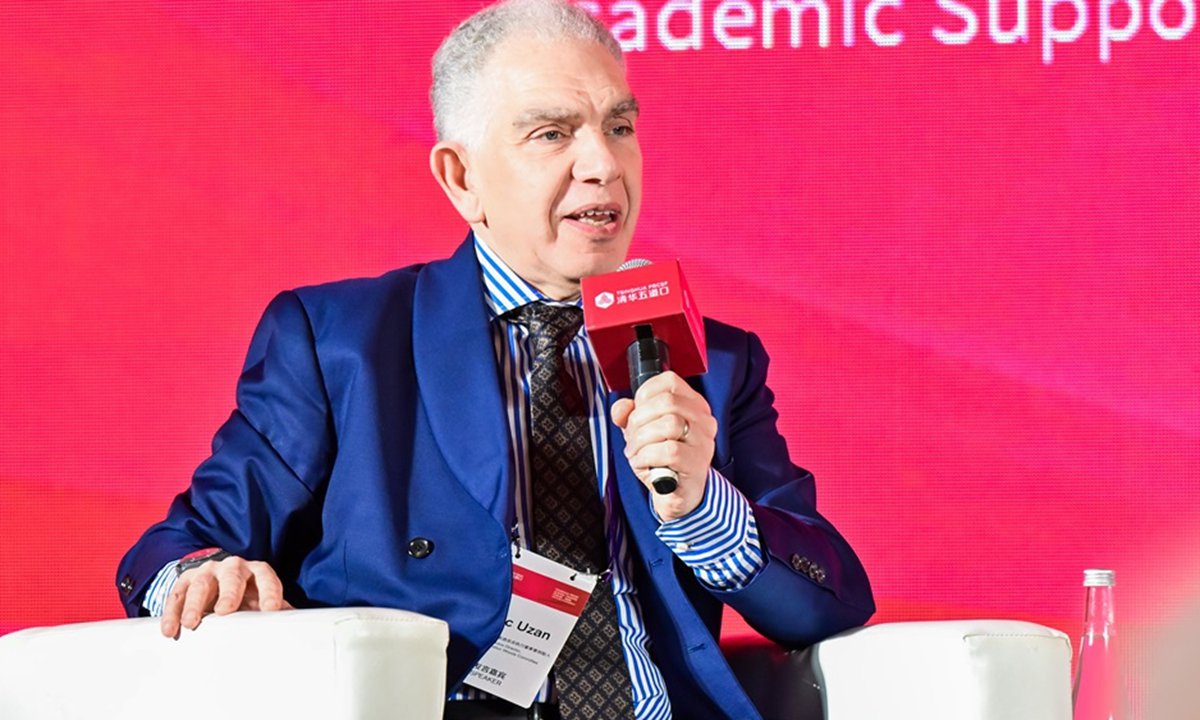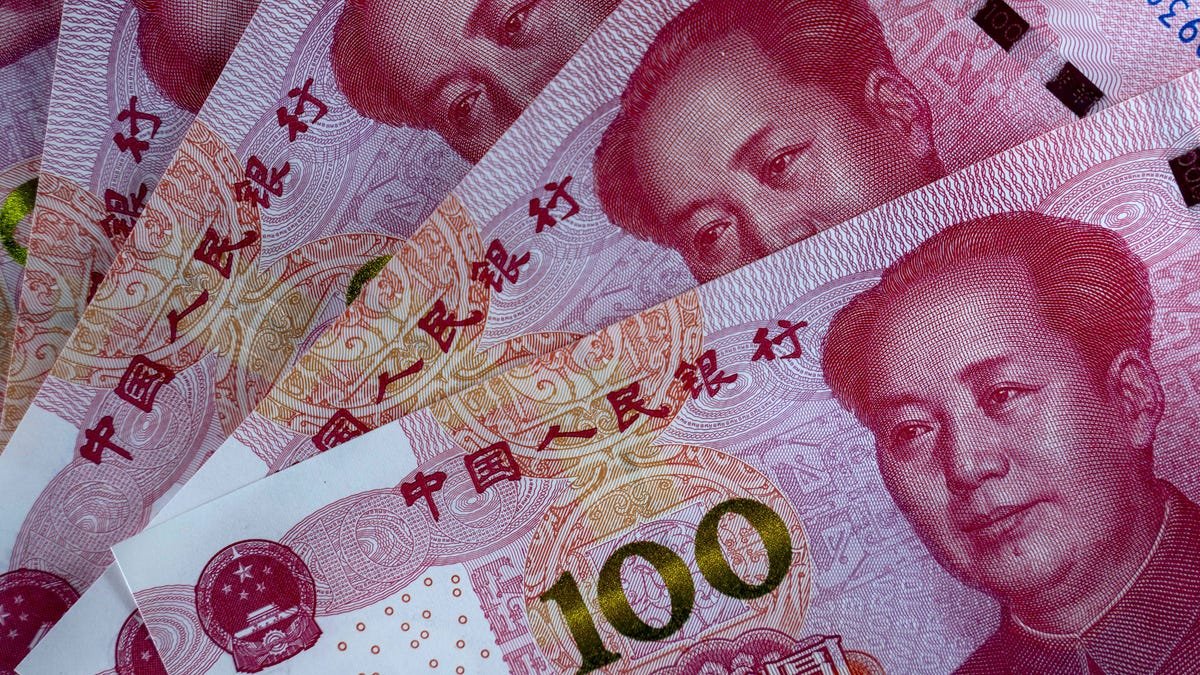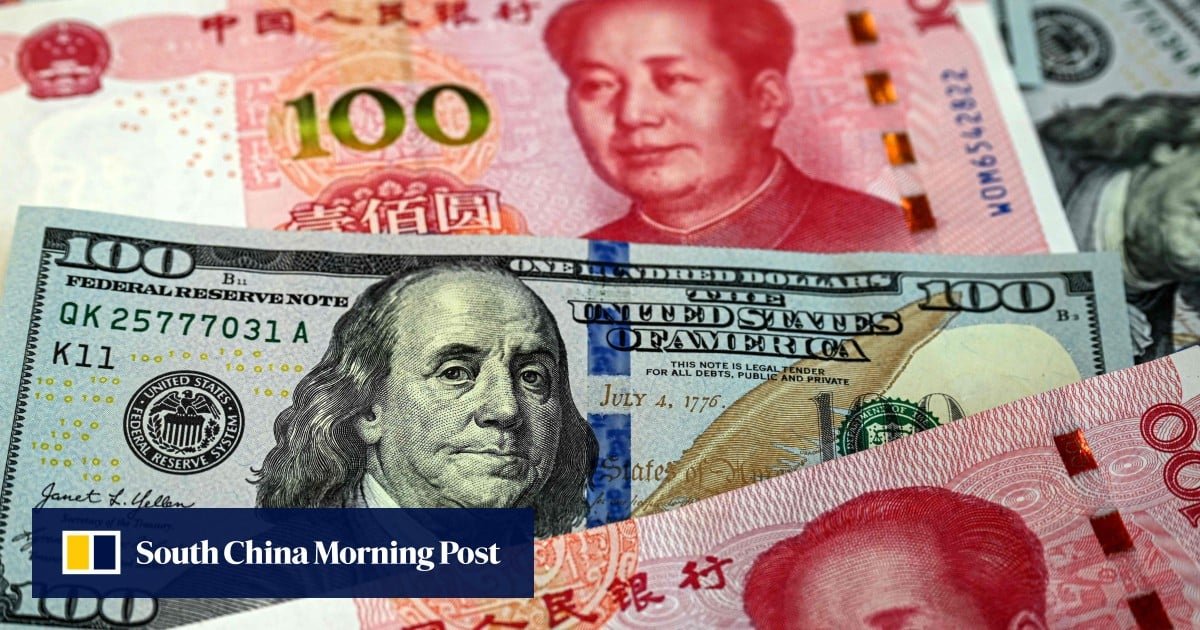
North Korea’s soaring exchange rates plummeted after Kim Jong Un’s visit to China, driven by expectations that Chinese companies will increase investment across multiple sectors.
According to Daily NK’s North Korean market price survey, the won-dollar exchange rate in Pyongyang traded at 31,000 won on Sept. 15, down 28.6% from 43,400 won recorded two weeks earlier on Aug. 31.
Similar declines occurred in other regions including Sinuiju in North Pyongan province and Hyesan in Ryanggang province.
The sharp drop represents the largest short-term currency movement since the COVID-19 pandemic, when regional lockdowns and market closures temporarily halted trading.

The won-yuan exchange rate also fell dramatically. In Sinuiju, the rate dropped to 4,400 won on Sept. 15, down 22.1% from 5,650 won two weeks prior. Hyesan saw a similar 22.4% decline to 4,400 won.
According to sources, foreign currency rates began falling Sept. 6, the day after Kim returned from China.
Kim visited Beijing to attend China’s 80th Victory Day parade, holding a summit with Chinese President Xi Jinping on Sept. 4 before returning to Pyongyang the following afternoon. Currency rates reportedly plunged the morning after his return.
Investment expectations drive market shift
Multiple North Korean and Chinese sources said expectations for expanded trade and economic cooperation following the summit have created optimism in markets.
Reports circulated through North Korean trading companies in China and customs offices at trade hubs that Chinese technology and capital would flow into construction, tourism, mining and other sectors. This information reached money changers throughout North Korea, according to internal sources.
Some reports suggest Chinese companies and individuals interested in North Korean investment have already submitted business plans, including proposals for joint ventures.
While specific investment details remain unconfirmed, traders believe Chinese currency inflows are likely, making it advantageous to sell foreign currency at current high rates rather than continue buying.

Major cities including Pyongyang and Sinuiju have seen increased activity as residents sell dollars and yuan to load domestic currency onto “Jonsong” cards and electronic payment wallets.
Choi Ji-young, a research fellow at the Korea Institute for National Unification, told Daily NK that recent exchange rate spikes stemmed largely from psychological anxiety about further domestic currency devaluation and related hoarding demand.
“These anxiety factors may have subsided after the North Korea-China summit, causing exchange rates to fall,” Choi said.
However, she cautioned that “North Korean exchange rates continue to be affected by speculative demand, and the current decline doesn’t appear to result from actual increased foreign currency inflows, so currency volatility will likely continue.”
Despite falling exchange rates, rice prices continue rising in North Korean markets. Rice traded at 25,700 won per kilogram in a Pyongyang market on Sept. 15, up 7.1% from 24,000 won two weeks earlier.
Corn prices remained relatively stable at 7,000 won per kilogram, down 200 won from the previous survey.
Whether falling exchange rates will impact prices of domestically produced goods like grain remains to be seen.







